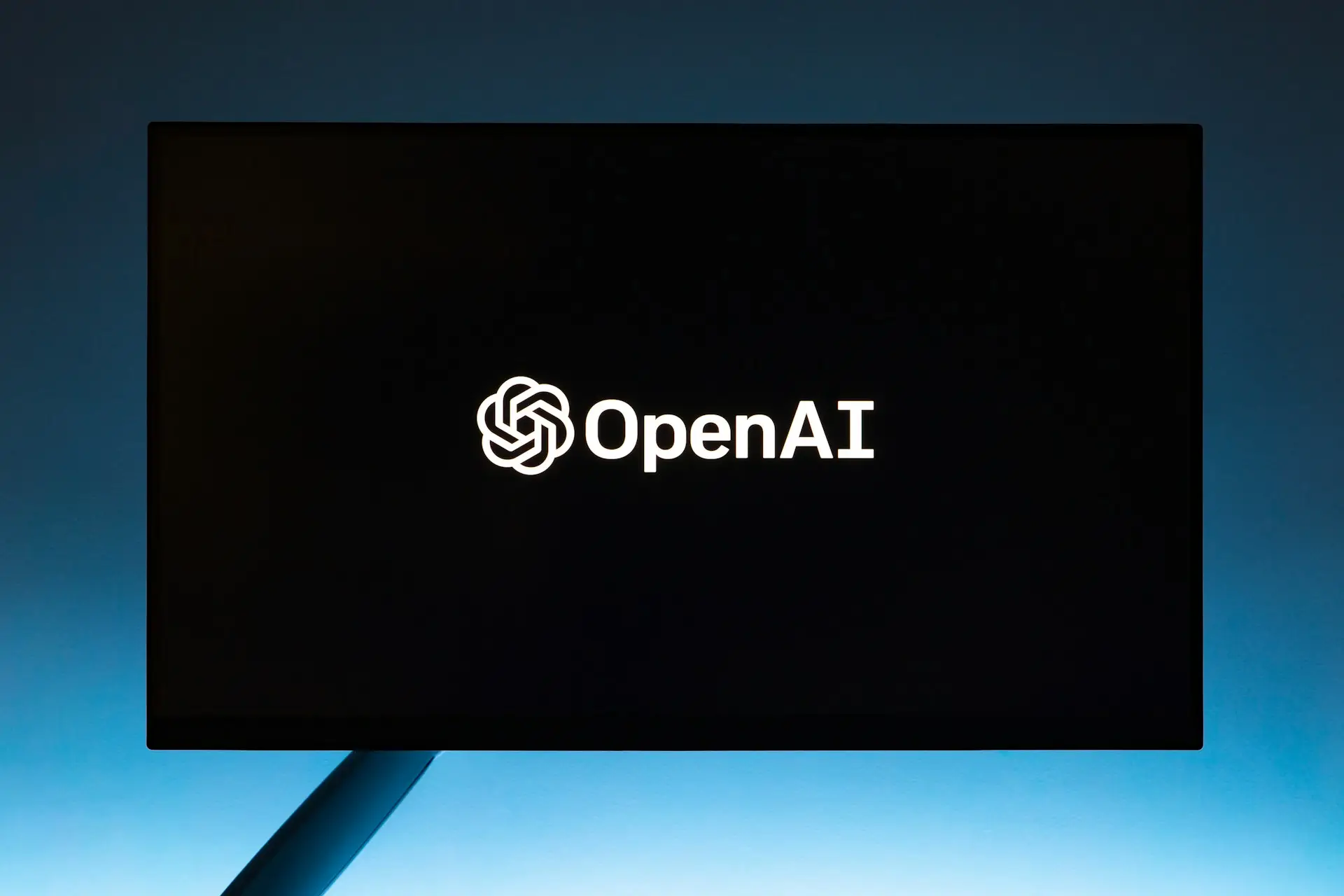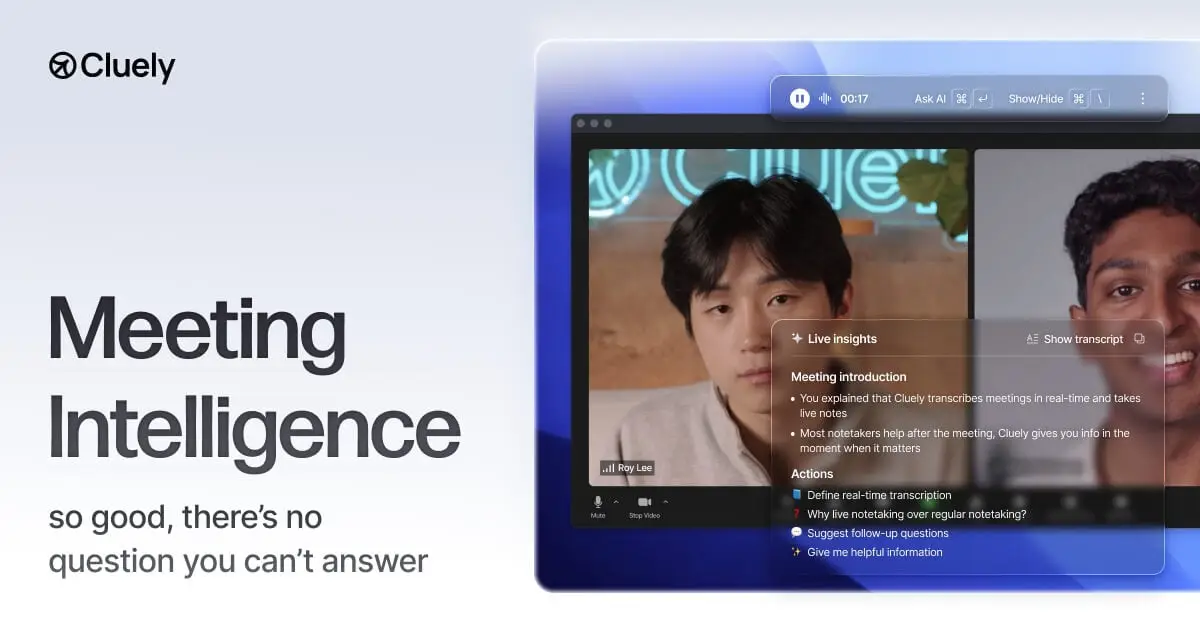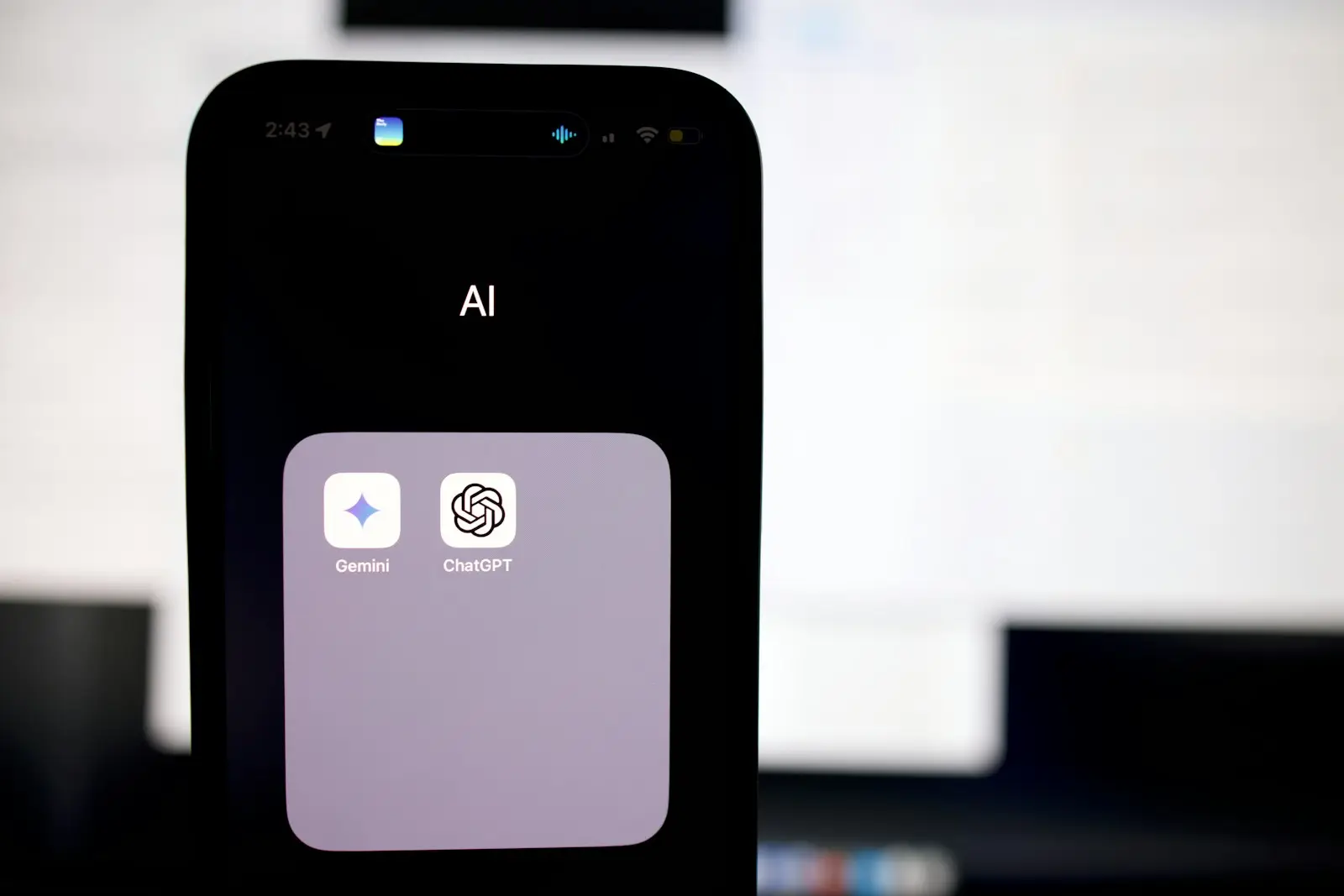Cursor has launched Cursor 2.0, a transformative update poised to redefine AI-assisted coding. At its heart lies Composer, the platform’s first native agentic coding model, alongside a groundbreaking multi-agent interface. This evolution marks a significant shift, moving beyond mere code completion to deliver a comprehensive, interactive, and deeply integrated development system designed for complex software workflows.
Composer AI: The Brain Behind the Operation
Composer is a frontier model meticulously crafted for the nuances of software engineering. Unlike generic AI models, it excels at agentic coding tasks, encompassing planning, editing, testing, and iterative refinement within a codebase. Trained as a mixture-of-experts (MoE) language model with reinforcement learning fine-tuning, Composer intelligently navigates project-specific contexts, understanding everything from code conventions to folder structures and test suites, ensuring highly relevant and accurate suggestions.
A standout feature of Composer is its remarkable speed, operating roughly four times faster than similarly intelligent AI models. Most conversational turns complete in under 30 seconds, fostering a highly interactive and uninterrupted coding experience that keeps developers in flow. This low latency, combined with enhanced context-awareness, allows Composer to maintain a longer and more relevant understanding of the codebase, including multi-file changes. This helps it generate precise, atomic code differences rather than fragmented suggestions, significantly reducing “hallucinations” about file names or dependencies. Developers can now truly trust the AI for multi-step, complex tasks, transforming it into a genuine and reliable pair programmer.
Multi-Agent Orchestration: Collaborative Coding Unleashed
Cursor 2.0 introduces a revolutionary multi-agent interface, empowering developers to run up to eight AI agents simultaneously on a single prompt. Each agent functions within an isolated copy of the repository, leveraging git worktrees or remote workers to prevent conflicts and ensure independent exploration. This parallel processing capability allows for the concurrent exploration of multiple potential solutions, dramatically accelerating problem-solving by offering diverse approaches.
The platform’s redesigned user interface centers around these agents and their strategic plans, offering a clear, focused workflow that prioritizes results. Users can effortlessly manage, name, and track multiple agents, with persistent logs displayed in a sidebar that illuminates their reasoning and progress through multi-step strategies. This comparative experimentation method is invaluable for difficult problems, enabling developers to objectively compare and select the optimal solution from a range of AI-generated options, thereby enhancing overall code quality.
Streamlined Workflows: Beyond Code Generation
Recognizing the critical need for efficient validation, Cursor 2.0 integrates robust tools for streamlined code review and testing. It simplifies the process of reviewing AI-generated changes and provides deeper insights into code edits, ensuring transparency and control for the developer. A significant addition is the native browser tool, which allows Cursor to autonomously test its own work, identifying issues and iterating on code until correctness is achieved without constant human intervention.
These advancements, coupled with Composer’s impressive speed and the new multi-agent capabilities, cultivate an interactive and trustworthy development environment. Developers are encouraged to confidently rely on AI for intricate, multi-step coding challenges, rather than just using it for one-off suggestions or simple completions. Further enhancing productivity and flexibility, Cursor 2.0 also includes practical features like an in-app browser and voice input, broadening the ways developers can interact with their code and AI assistants.
The Future of AI-Powered Development
In essence, Cursor 2.0 with Composer fundamentally redefines AI coding assistance, transitioning it from passive code completion to an active, multi-agent development system. This new paradigm is capable of rapid, context-aware code modifications that deeply understand the developer’s project. This powerful combination makes it exceptionally well-suited for navigating large, complex codebases and integrating seamlessly into modern, iterative software engineering processes, truly elevating the developer experience. Cursor 2.0 is not just an upgrade; it’s a vision for the future of collaborative human-AI software creation, promising greater efficiency and innovation.




